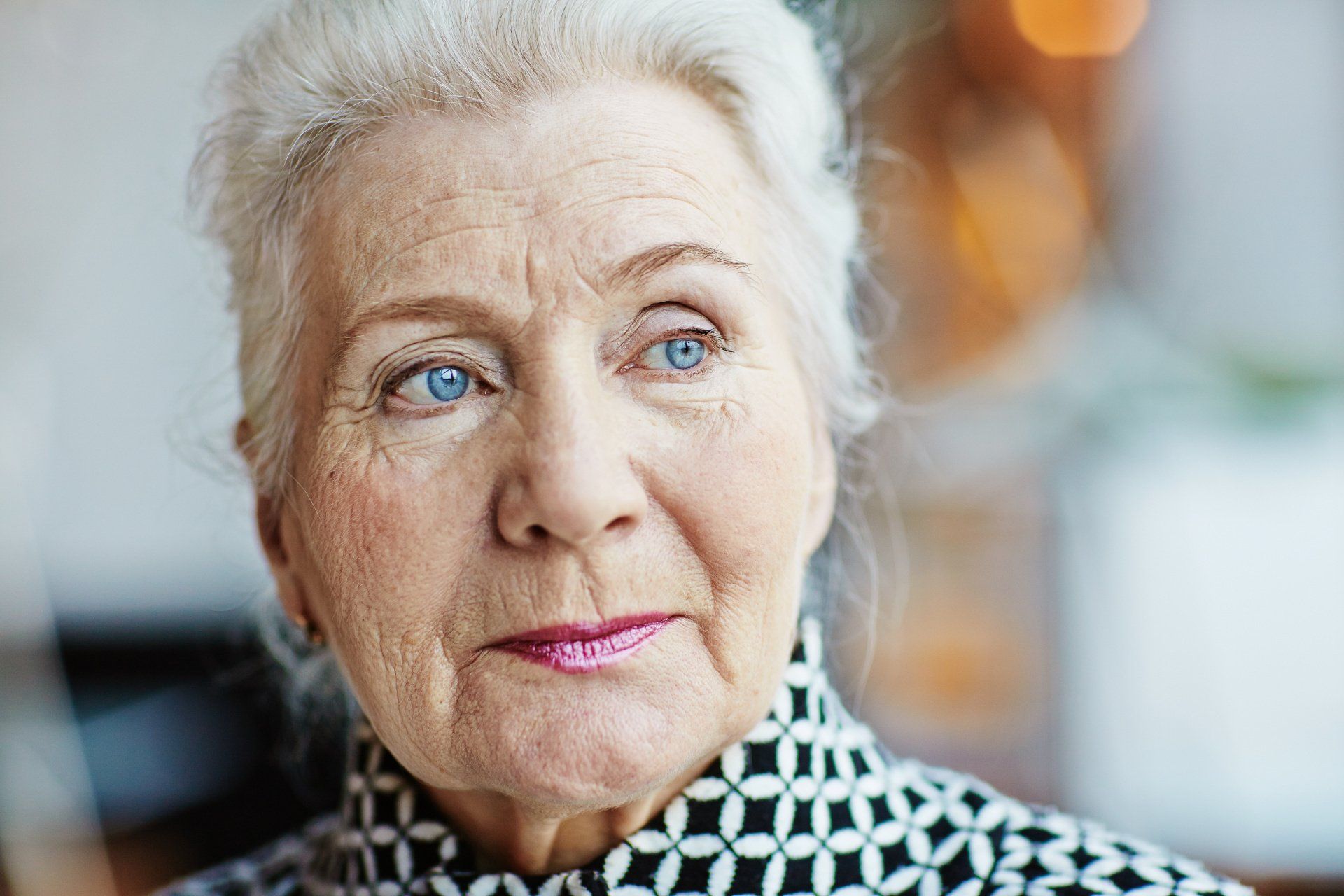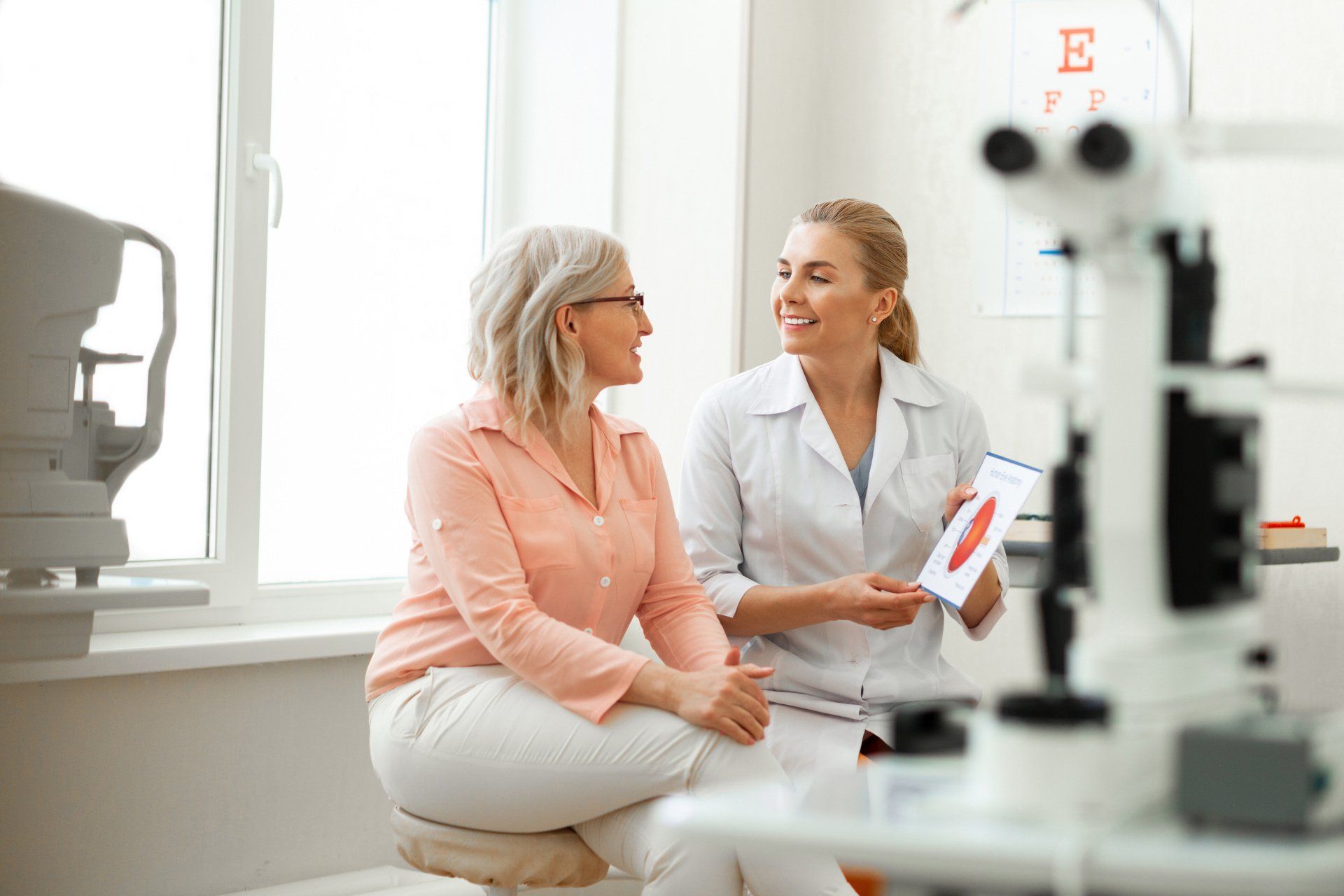News From Vision Protection
STAY INFORMED & SEE ALL YOUR TOMORROWS
Explore our recent blogs on topics related to AMD and its treatment, vision loss, and protecting the quality and longevity of your vision.

Q: My grandmother was blind from macular degeneration. I don’t want that to happen to me. What can I do? A: Just like in other areas of life, there are some things you can do to prevent macular degeneration — and others that are simply out of your control. The good news is that macular degeneration doesn’t make people completely blind. However, it can make you legally blind. This means macular degeneration can make your vision so blurry and bad that you can’t see clearly, can’t recognize faces, read, or drive. While legal blindness is not quite the same as utter blindness, it’s still an undesirable outcome for your vision. Knowing the limitations that vision loss from macular degeneration could place on your life, it makes perfect sense to want to do all you can to prevent it. But there are some factors related to your chances of developing macular degeneration that were determined well before you became aware of your risk, through no fault of your own. Thanks, Mom & Dad: Family History Factors In In strictly genetic diseases, your genes make a black-or-white choice on your behalf: Either you have the gene that triggers the disease in question, or you don’t. Age-related macular degeneration (AMD) is more complicated than that. AMD is considered a “multifactorial” disease, which is exactly what it sounds like: That many things contribute to an individual developing AMD. The main inheritance factor is relatively simple: If your parents and grandparents had AMD and you look something like them, you may also be at risk. One of the main risk factors is race, with Caucasian people having the highest risk of developing AMD. Asian and Hispanic people can also be affected by AMD, which Black individuals are the least likely to develop the disease. Fair skin, blue eyes, and sunburning easily generally go with a higher risk of AMD, but it is important to note that no one, regardless of race, has zero risk of developing AMD. Other genes, particularly those dealing with our immune systems and our tendency to develop chronic inflammation, may also predispose an individual to suffer vision loss from AMD. Chronic inflammation is one of the main symptoms of both aging and chronic disease, including AMD. While genetic testing can identify certain genes that may predispose individuals to AMD and vision loss, there are no gene therapy treatments for them yet. Less Risky Business: Lifestyle Changes Can Improve Your Risk While there are significant parts of your AMD risk that are out of your control, there is a bright side to AMD being multifactorial: Other elements of the health of your vision are very much in your control. here are some important things you can do to decrease your risk of AMD and vision loss: Age Well. There’s little we can do about the “age-related” component of age-related macular degeneration — we should all be so lucky as to age! But aging well — i.e. keeping general good health, staying active, and reducing stress — can help to reduce your risk.Stress causes inflammation and accelerates aging, so finding healthy ways to reduce the stressors in your life is a very valid preventative step. Say ‘No’ to Smoking. Don’t start smoking. If you already smoke, quit. We’re all familiar with the damage smoking causes to lung tissue, but are you aware that smoking damages your eyes and vision, too? Smoking is quite literally the worst thing you could do for your eyes, and for your risk of developing AMD. If you’re serious about protecting your vision, it’s time to get serious about kicking smoking, too. Get an Eye Exam. If you’re over 50 and have a family history of AMD, or symptoms like blurred or distorted vision, difficulty reading or seeing at night or in normal indoor lighting, get an eye exam with an MD ophthalmologist trained to diagnose AMD. Examination by a trained physician is the only way to know with certainty whether you have AMD. Eat For Your Eyes. A diet rich in leafy green vegetables and anti-oxidants like olive oil can significantly reduce your risks of AMD and vision loss. Many of the risk factors for AMD are the same as heart disease, so fewer steaks smothered in butter and more spinach salads with vinaigrette is a meal plan worth considering. So, You Have AMD: Is Vision Loss Always Next? Most people with AMD lose vision when they develop “wet” AMD. When this happens, scar tissue, swelling and sometimes bleeding occur in the most sensitive part of the retina of the eye, called the “macula.” This can happen suddenly and destroy your sharp, central vision. If you develop wet AMD, there are effective drugs that can help prevent more vision loss — but these drugs are very expensive and delivered via an injection into your eye every month for the rest of your life. Clearly, there’s a better alternative to painful eye injections: Preventing the need for them altogether. The only vitamin recipe known to effectively reduce the risk of vision loss from AMD is the “Age-Related Eye Disease Study” (AREDS) recipe. In its namesake study, the AREDS vitamin recipe reduced the risk of developing advanced AMD by about 5% per year, primarily by reducing the risk of dry AMD turning into wet AMD. recently, AREDS vitamins were the only medical treatment available to help reduce AMD vision loss, even though they do not slow the progression of AMD. Patients had to accept the minor reduction of risk as being better than none at all, even though the risk improvement rates were almost imperceptibly small.. The Future of AMD & Vision Loss: Profoundly Powerful Prevention But all that changed when Vision Protection TherapyTM was developed. Vision Protection Therapy is a treatment that is both safe and highly effective in slowing the progression of AMD, reducing the chronic inflammation that makes AMD worse, and reducing the risks of vision loss and wet AMD. Vision Protection Therapy is a proprietary program based on over twenty years of clinical experience and hundreds of peer-reviewed scientific publications. It is scientifically designed and proven to markedly reduce the risk of developing wet AMD and visual loss from AMD. Vision Protection Therapy employs advanced SDMTM laser treatment to harmlessly activate your immune system’s natural mechanisms of repair and restoration in the eye, turning back the clock on your AMD and reversing the disease process — all without any side effects. When patients receive SDM treatment on a regular basis, improved retinal health and function is maintained, significantly minimizing the risk of wet AMD. How significantly? In a national study of nearly400,000 patients with dry AMD from which over 9,000 were carefully matched and compared, Vision Protection Therapy was 13 times more effective than AREDS vitamins alone. That means that patients receiving Vision Protection Therapy were 1,300% less likely to develop vision loss from wet AMD than people who didn’t get Vision Protection Therapy. We all want to feel that we have control over our health, especially as we age. Vision Protection Therapy is one way you can take your risk of developing vision loss from AMD into your own hands. If you have AMD or are concerned about your risk for developing AMD, Vision Protection Therapy is the most effective thing you can do to reduce your risk of vision loss. The Vision Protection Institutes are dedicated to empowering our patients with clearer vision for life by preventing vision loss from AMD, and we’re here to answer your questions about Vision Protection Therapy. Give us a call today and ensure you’ll see all your tomorrows.


